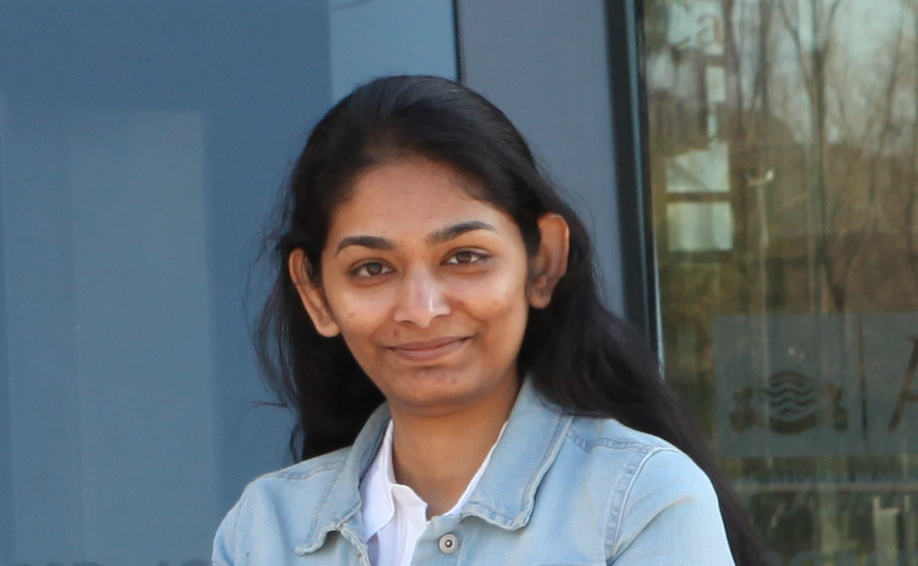Star student lands a place in 3MT grand final
After winning the ANU Open Day 3 Minute Thesis competition, PhD student Suryashree Aniyan from the Research School of Astronomy and Astrophysics is now off to the ANU grand final as a wild-card entrant.
Just the name of Suryashree Aniyan’s 3 Minute Thesis (3MT) presentation would be enough to win over most people: ‘Marshmallows, hot chocolate and galaxies’. This inviting title betrays little of the research behind it, which, Suryashreee says, is “a lot of equations and coding.”
“I use telescopes to look at stars in nearby galaxies to calculate the amount of dark matter in them, which is an ‘invisible’ kind of matter that we only know exists because of the gravity it exerts on stars.
“Astronomy is a field that has always fascinated the general audience, but my challenge was developing a pitch that a non-specialist audience can understand. I tried to achieve this by using analogies that the audience can relate to.”
With so much of her time spent gazing at the stars, Suryashree says the process of crafting a succinct, entertaining presentation brought her back to Earth, and reminded her of “the very core ideas” of her research.
“Effectively communicating your work is a skill that all researchers need to develop,” she says.
“Apart from convincing grant committees of the impact of your research, researchers also have the responsibility to let the public know of all the wonderful work that is being done. For me specifically, I enjoy talking about my research and often receive some very insightful questions from the audience, which allows me to re-think my work from a different perspective.”
As part of her PhD, Suryashree has taken charge of telescopes at the McDonald Observatory in Texas and the European Southern Observatory in Germany, but for stargazers looking for a romantic evening complete with “marshmallows, hot chocolate and galaxies”, Suryashree recommends a date closer to home.
“I recommend a lovely Italian dinner at Coonabarabran. It has some of the darkest skies in Australia, away from all the light and pollution of large cities. There is a reason that Coonabarabran hosts most of the optical telescopes in Australia.”

